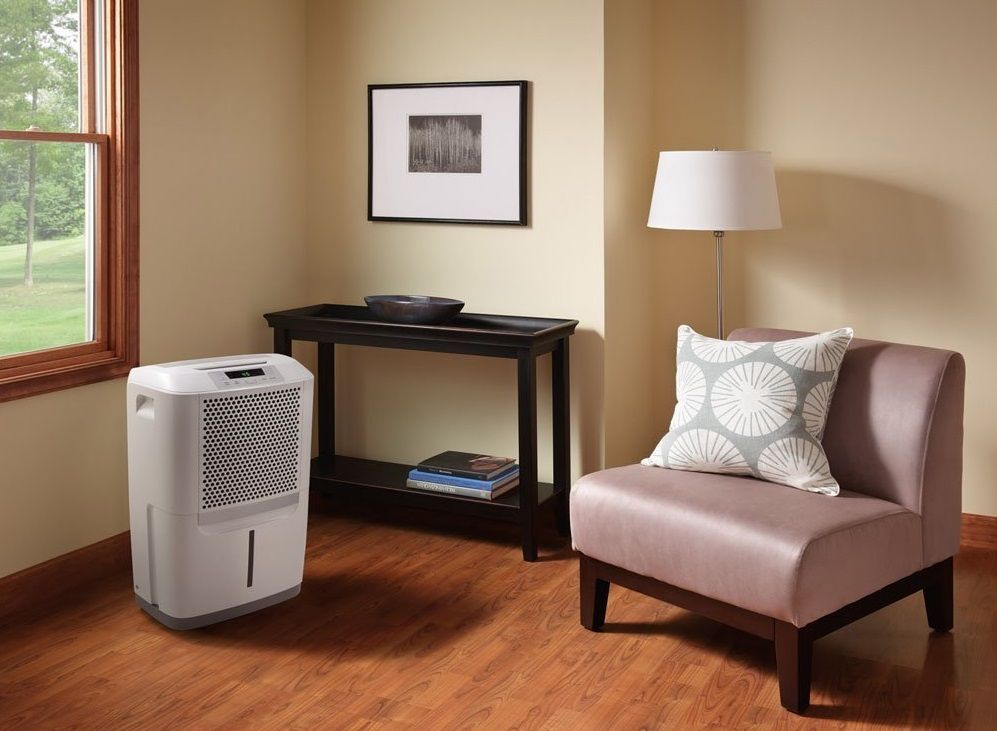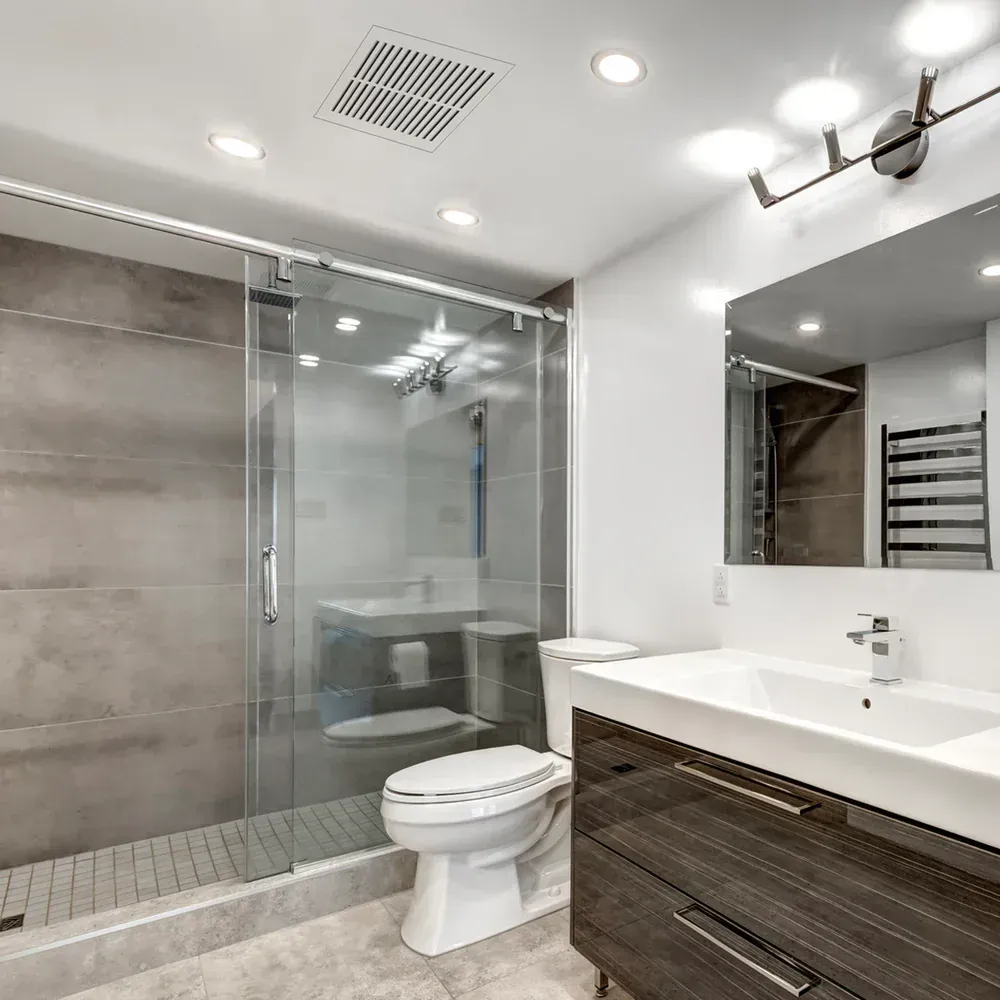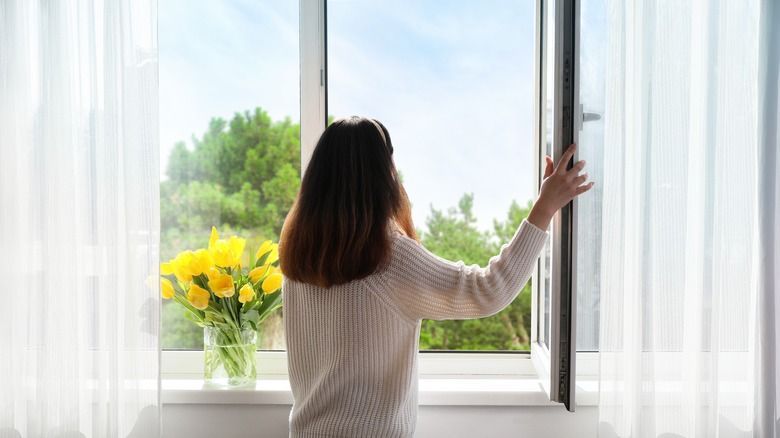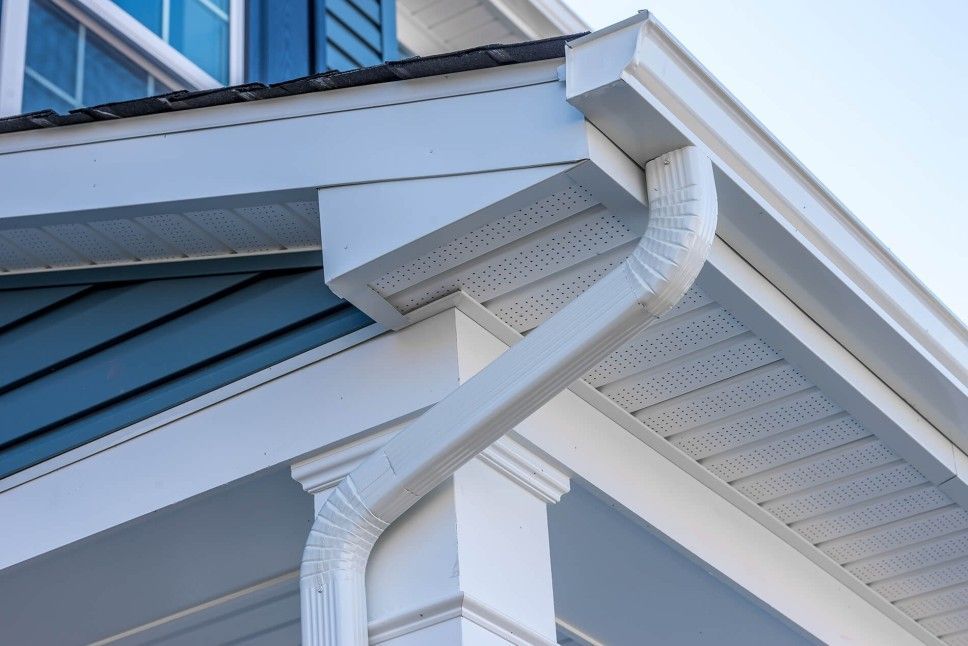What causes Condensation and Humidity in a Home?
10 Examples of Condensation:
1. Water droplets on a cold drink: When warm air meets the cold surface of a beverage can or bottle, water vapor condenses into droplets.
2. Foggy car windshield: Moisture in the car's air condenses on the cool windshield, creating fog.
3. Foggy mirror after a shower: Warm, humid air from the shower condenses on the cold mirror surface.
4. Breath fog on a cold day: Exhaled breath, containing water vapor, condenses into visible droplets in cold air.
5. Clouds in the sky: Water vapor in the atmosphere condenses to form clouds.
6. Rain droplets: When clouds become saturated with condensed water, it falls as rain.
7. Frost on a cold surface: If the temperature is below freezing, condensation forms as frost.
8. Water droplets on the inside of a windowpane: Humidity in the air condenses on the cooler glass surface of a window.
9. Water collecting on a cold pipe in a humid room: Cool pipes can cause nearby moisture to condense on their surface.
10. Steam Condensing into liquid water: When steam from boiling water contacts cooler air, it condenses from the gas phase back into liquid water droplets. This condensation can be seen as a cloud of fog over boiling water.
Humidity:
A normal humidity level for a home is between 30% and 60%, but it can vary depending on the season and outdoor temperature:
- Winter: A level of 30–40% is usually ideal for keeping a home warm and comfortable without condensation on windows.
- Summer: A level of 50–60% can be more comfortable.
- Mold: To discourage mold growth, levels should be kept below 50%. Humidity levels that are too low or too high can cause problems:
- Low humidity Can cause dry skin, irritated nasal passages, and a dry throat. It can also make it easier to catch airborne viruses like the flu.
- High humidity Can create an environment for dust mites and mold, which are common triggers for asthma and allergies. Other factors that can aƯect the ideal humidity level for your home include: Whether you have a condition like asthma, Your comfort levels, and The outdoor absolute humidity.







